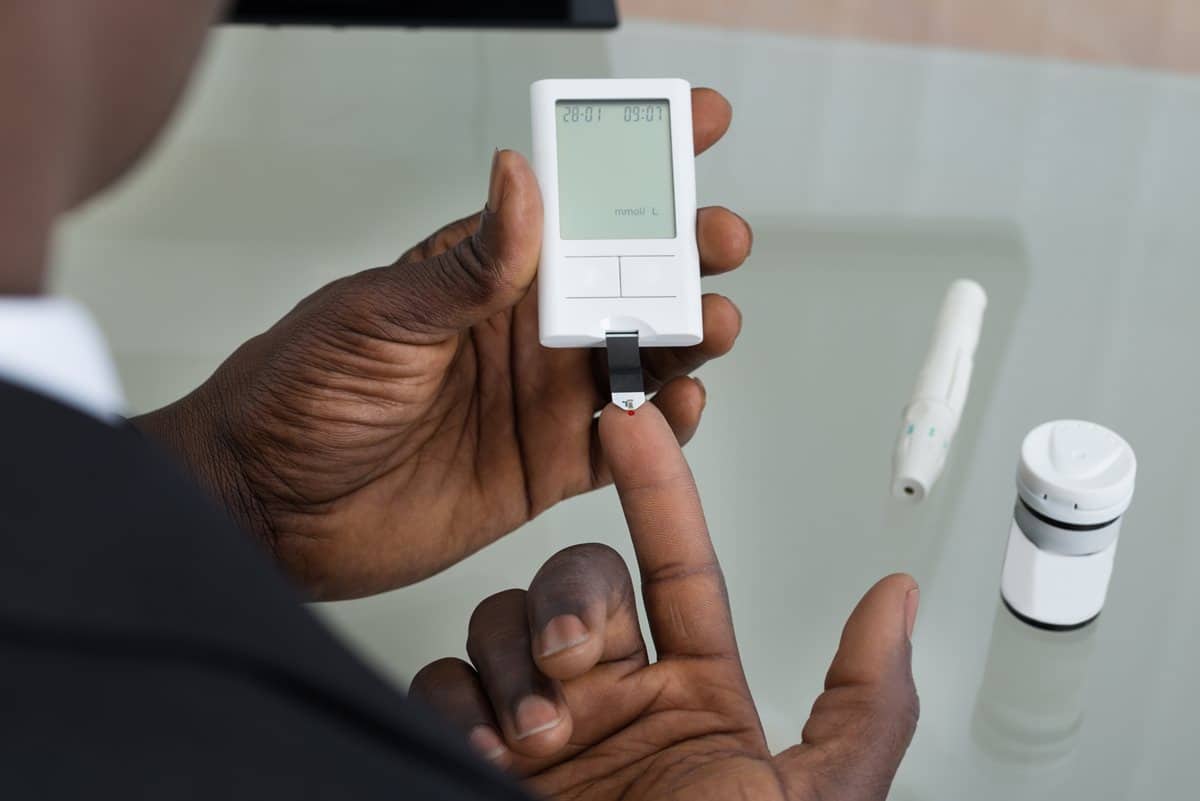Lows and highs of blood sugar

Lows and highs of blood sugar
Recognizing the signs of high and low blood glucose (sugar) is crucial to your health. Managing and controlling your blood sugar level is the best way to stay safe and prevent or delay diabetes related complications.
Signs & symptoms of low blood sugar
Keeping blood glucose (sugar) levels in a healthy range can be challenging.
When the amount of sugar in your blood has dropped below your target range (less than 4 mmol/L), it is called low blood sugar (hypoglycemia).
If your blood sugar has dropped, you may feel:
- shaky, light-headed, nauseated
- nervous, irritable, anxious
- confused, unable to concentrate
- hungry
- an increase in heart rate
- sweaty, headachy
- weak, drowsy
- numbness or tingling on your tongue or lips
Symptoms of very low blood sugar (less than 2.8 mmol/L) are more severe and can make you:
- confused and disoriented
- lose consciousness
- have a seizure
Make sure you always wear your MedicAlert® identification and talk to your doctor or diabetes educator about prevention and emergency treatment for severe low blood sugar.
Causes
Low blood sugar may be caused by:
- more physical activity than usual
- not eating on time
- eating less than you should have
- taking too much medication
- drinking alcohol
Treatment
If you’re experiencing the signs of a low blood sugar level, check your blood sugar immediately. Low blood sugar can happen quickly, so it’s important to treat it right away. You may need help from another person if your blood sugar is extremely low.
If you don’t have your meter with you, treat the symptoms anyway. It’s better to be safe!
First, eat or drink a fast-acting carbohydrate (15 grams)
Good options include:
- 15 grams of glucose in the form of glucose tablets
- 15 millilitres (one tablespoon) or three packets of sugar dissolved in water
- 150 millilitres (⅔ cup) of juice or regular soft drink
- Six LifeSavers® (one = 2.5 grams of carbohydrate)
- 15 millilitres (one tablespoon) of honey (do not use for children less than one year old)
Next, wait 15 minutes & re-check your level
If your blood sugar is still low, repeat these steps until your blood sugar is above 4 mmol/L.
If your blood sugar is above 4 mmol/L and your next meal is within an hour, no further action is needed.
If blood sugar is above 4 mmol/L and your next meal is over one hour away—or you will be physically active—eat a snack, such as half of a sandwich or some cheese and crackers (something with 15 grams of carbohydrate and a protein source).
If you need to drive, wait 40 minutes after treating a low blood sugar before getting behind the wheel.
To avoid low blood sugar again, think about why your blood sugar went low and make the necessary changes.

Lows and highs of blood sugar
Recognizing the signs of high and low blood sugar is crucial. Diabetes Learn the signs to stay safe and prevent or delay diabetes related complications.
If you have any question please CONTACT Us Email us at: info@teabeartea.com Call US :(281) 697-4550
Don’t Forget to Visit our Careers

